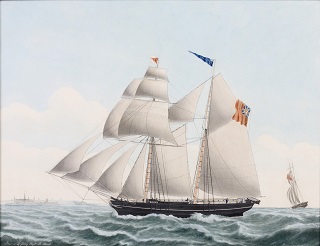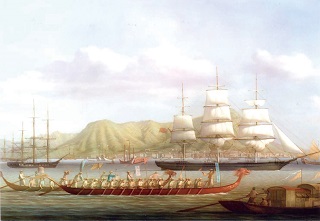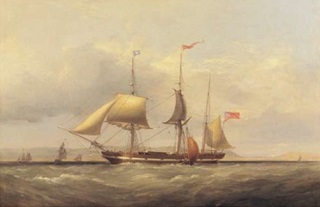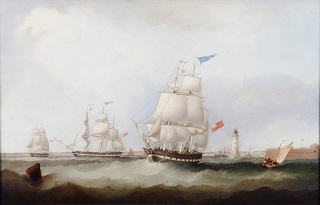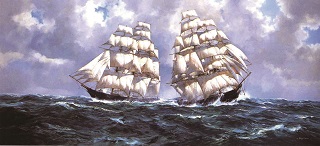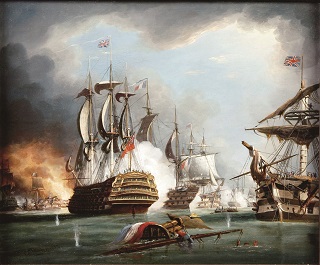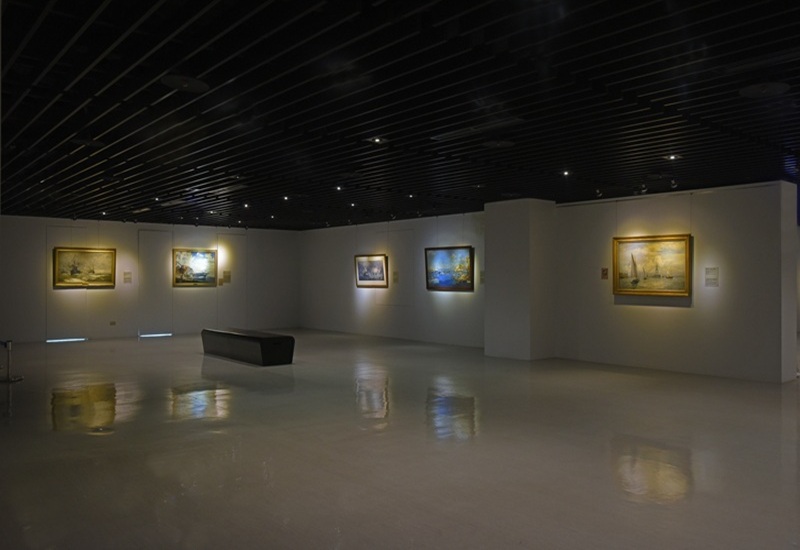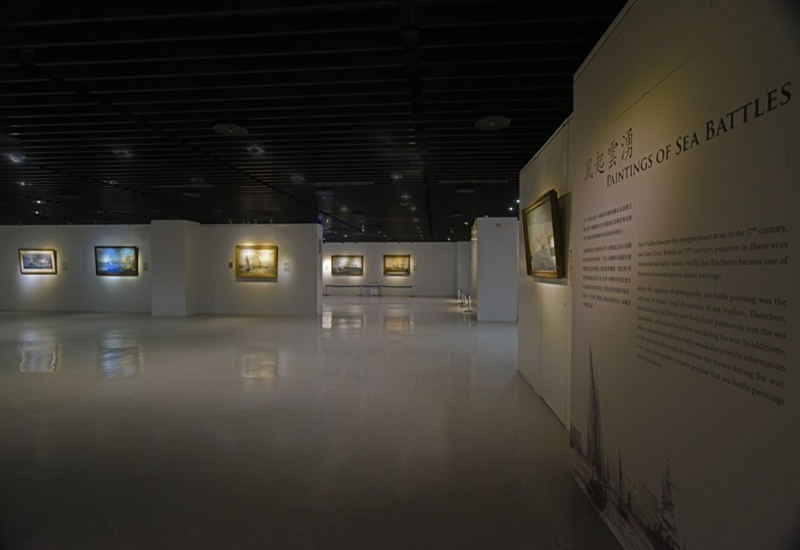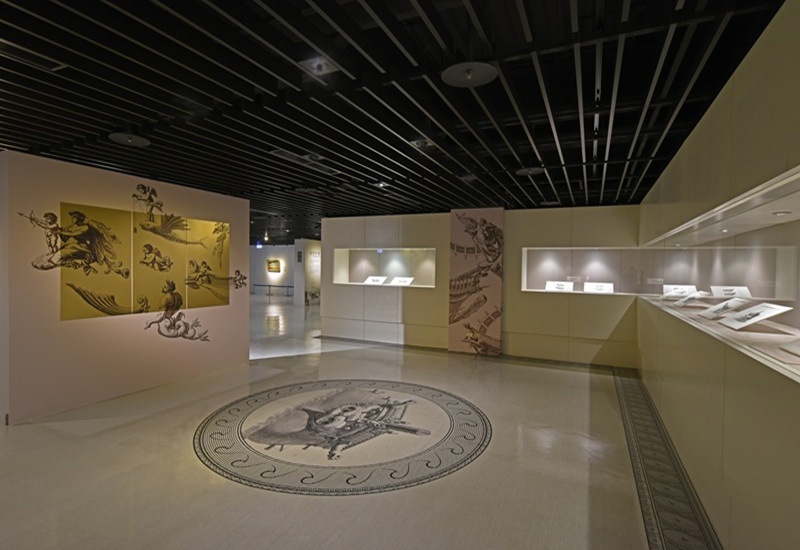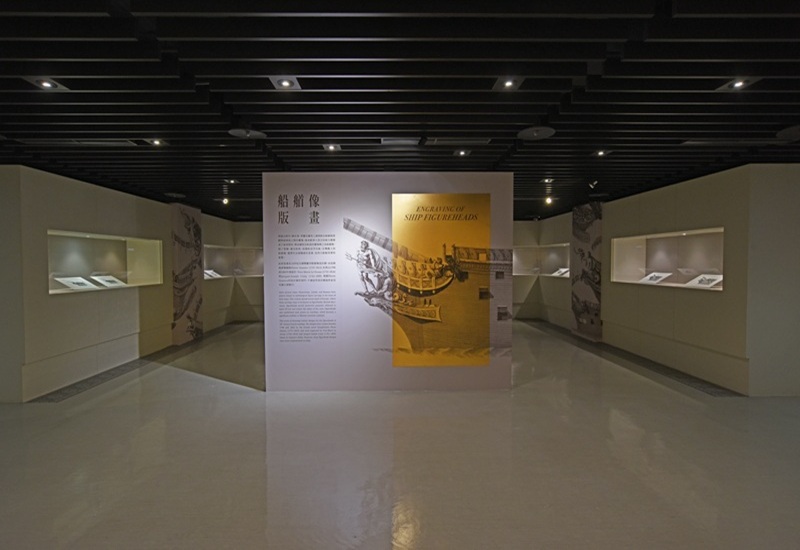Permanent Exhibitions
To guide viewers into the world of marine painting, the works are presented according to their subject, such as “Surging Momentum,” “War in the Wind,” “In Praise of Ships” and “Violent Waves on the Raging Sea.”
Recommended
Surging Momentum
Marine painting began as the capturing of various marine activities before the invention of photography. Its subjects are numerous, from battles at sea, shipwrecks, historical events, boat racing, fishing and water sports, to harbor scenes and portraits of vessels. Different to purely expressive art, these works are marked by a natural realism, more like historical documents. Generally prevalent in countries with great seapower, marine painting originated in the Netherlands in the 17th century, further developed in Great Britain in the 18th century, and with whose expansion of seapower, reached its zenith in the 19th century.
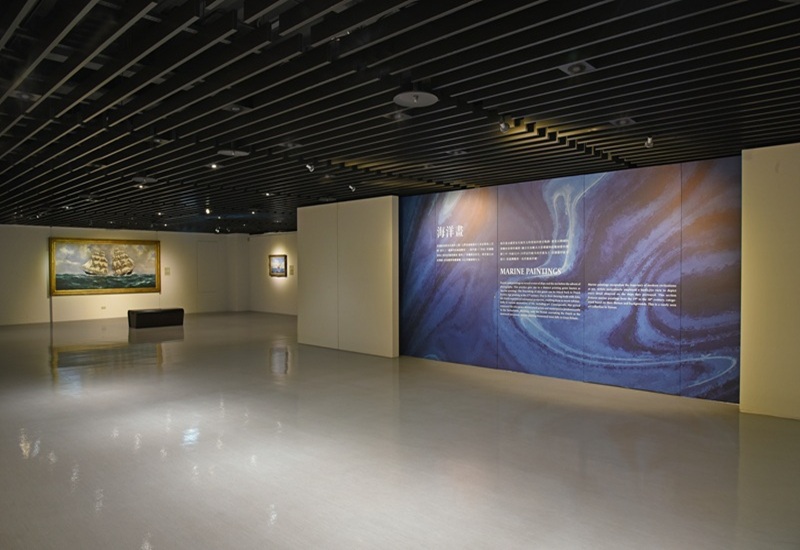
Paintings of Sea Battles
Since Holland became the strongest power at sea in the 17th century, and later Great Britain in 19th century, painters in these eras illustrated sea-battle scenes vividly that this theme became one of the most prominent topics in marine paintings.
Before the existence of photography, sea-battle painting was the only way to record visual documents of sea warfare. Therefore, the Dutch and the British navy both hired painters to join the sea battlefields, and record what they see during the war. In additions, officers who attended the sea-battle would also provide information to the painters afterwards to recreate the scenes during the war. Ever since photography became popular that sea-battle paintings started to decline.
Ship Portraits
In ship portraits, the vessel is the main object of attention; other background details are usually ignored. Every part of the ship – its equipment, sails, masts, flags and crew – are accurately represented. Ship portraits are usually profiles, and the ships are well in frim to please the eyes of ship owners and captains.
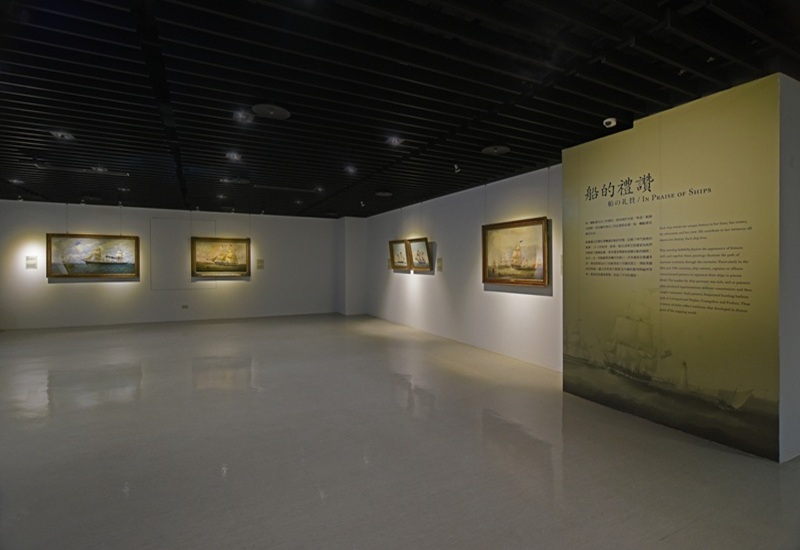
Violent Waves on The Raging Sea
During storms, ships at sea struggled through violent waves. Will they survive the brutal challenge of the storm? Will some supernatural power ensure their safety? The power of nature often tested the limits of humans and their seafaring craft.
Storm scenes have always been favorites for ocean painters. Ominous skies, raging waves, struggling ships and sailors readily evoke theatrical tension as they illustrates the violence of the ocean.
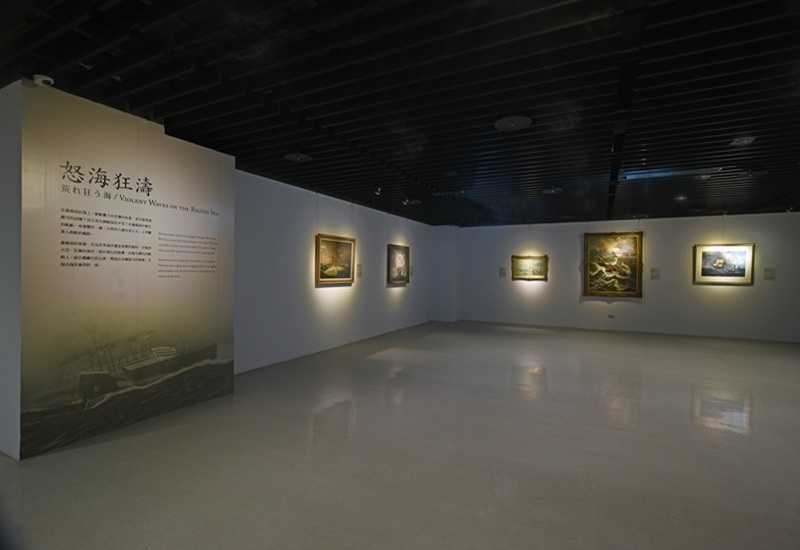
Harbor and Coastal Views
This sub-genre of marine painting is the most popular and diverse. Artists generally paint from the shore, and so their perspectives are usually coastal. Subjects include storm-lashed seashores, peaceful beaches at sunset, inshore fishing activities and bustling seaports. In additional to capturing details of ships and shoreside facilities, artists must pay special attention to light and the way it interacts with the water.
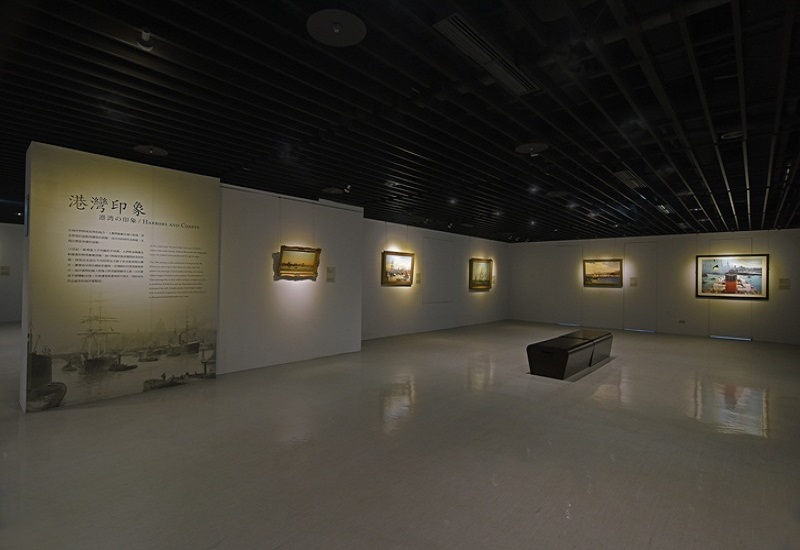
Fishing Boats
Paintings in this section belongs to the genre of coastal landscape painting, but focused on small coastal fishing boats, which gained popularity in the 19th century. Unlike earlier maritime battle scenes or ship portraits that emphasized historical elements, artists of this genre paid closer attention to the effects of light and shadow on water and land. Their approach resembles traditional landscape painting, capturing the natural play of light over historical narrative.
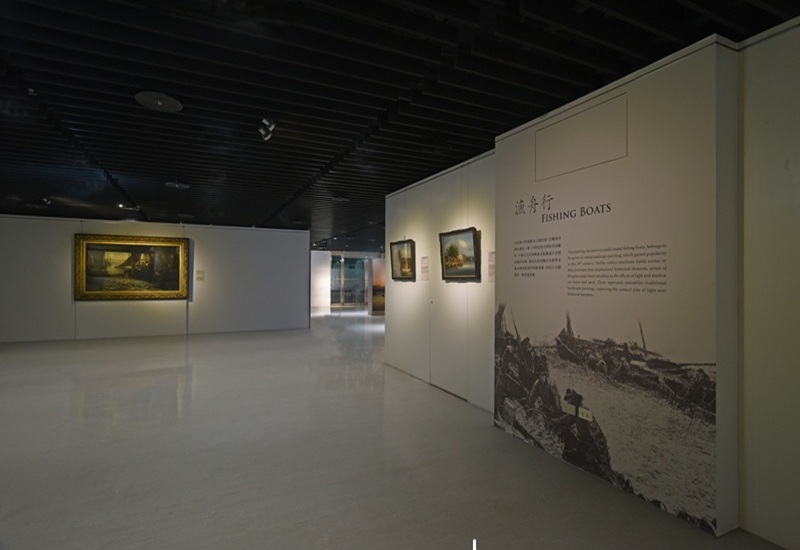
Engraving of Ship Figureheads
This series of drawings feature designs for the figureheads of 18th century French warships. The designs were created between 1798 and 1800 by the French naval draughtsman Pierre Ozanne (1737–1813) and were engraved by Yves-Marie Le Gouaz (1742–1816) and Jacques-Joseph Coiny (1761–1809) based on Ozanne's drafts. However, these figurehead designs were never implemented on ships.

